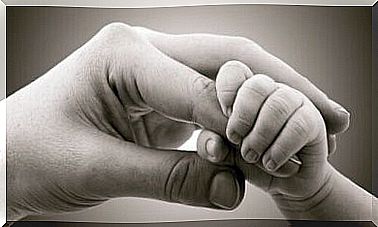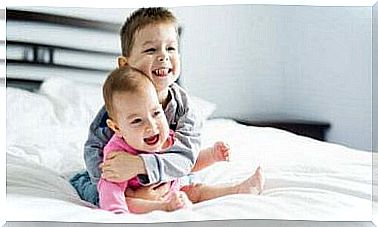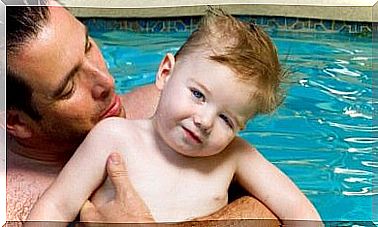How To Negotiate With Your Children According To Age

Your child is likely to cry and protest more than you would like, or to engage in inappropriate behavior such as hitting other children or not wanting to lend their toys. Rest assured! Every conflict has a solution, as long as it is possible to negotiate properly.
Spanish psychologist Rosa Jove, author of many works on the subject, explains that when a child is angry or irritable, he tries only to satisfy needs that have not been provided for.
“These attacks of anger are the child’s own ideas that clash with the wishes of the parents: the child does not understand what is happening and explodes emotionally” says the expert, who advises parents in the first place to try to understand the child.
As your child grows, these fits of anger will lessen. However, family conflicts will always be part of living together and such situations must be learned to manage them.
Regardless of age, Jove explains, parents need to see conflict as a learning opportunity. This is in fact an essential part of its growth.
In her books, the psychologist, also a mother of two children, offers advice on how to overcome fits of anger, conflicts and behavior problems. Below we summarize the salient points of his theories.
Stage of misunderstood ideas
This is a stage that goes from 0 to 20 months of age, and can manifest itself, for example, when the baby bothers the diaper, which he communicates with the only language he knows: crying and complaining.
It’s hard to understand why a baby cries, says Jove, who invites them to try and find out. The most frequent causes are usually physiological: hunger, sleep, dirty diaper, discomfort with clothing, itching, etc.
If the motivation is none of these, the expert advises to stay close to the baby and, possibly, to breastfeed him.
“ Breastfeeding at this stage is a unique sedative for babies. In addition to solving the problem of hunger, it satisfies the need for contact with the mother ”.

The terrible 2 years in which to negotiate is difficult
In most psychology books there is a chapter which is entitled: “The age of no”, “The terrible 2 years”, “The age of irritability”. It is during this phase that the famous fits of anger of children usually appear.
These usually cease around age 5 and begin as the child begins to express his independence.
“The only problem is that this implies an important emotional conflict for the children because, since the parents do not understand what is happening and usually get angry with them, they notice that they are dealing with the people they love most and this causes a ‘ambivalence of feelings ”, explains the child psychologist.
Jove, in one of his works, explains how to behave.
In the event that an outbreak of anger appears, the three-step technique must be applied: first understand the child; then educate him and explain to him what we expect from him; finally let him choose his own solutions.
Negotiating with the three-step technique
– Mom: Honey, Aunt Marta is here. Come and give her a kiss.
– Child: I don’t want to.
-Mom: Ah, it seems you don’t want to kiss Aunt Marta. (Step 1, understanding: we recognize his feelings).
– Child: Yes.
-Mom: When a person arrives at another’s home, they are welcomed, even if at that moment you don’t feel like it, did you know? (Step 2, education: we explain to the child what is expected of him and what happens).
-Child: No. (If he says yes the procedure doesn’t change).
-Mom: What can we do to make Aunt Marta feel welcome without your kiss? (Step 3, we let him choose one option. We can also give him two of us and let him choose between these two).
-Mom: How do we solve this situation? Shall we go give Aunt Marta a kiss or do you send her one from the door while you say hello to her?
-Baby: I’ll say hello and send her a kiss from afar.
-Mom: I think you have found a great solution.

From 5 years old
From the age of 5 onwards, the first problems of cohabitation arise, which are absolutely normal and inevitable in every family.
To address them adequately, it is better to give a democratic approach to the family, where everyone can participate and feel listened to. To solve problems in the short term, it is recommended to follow the three-step technique.









